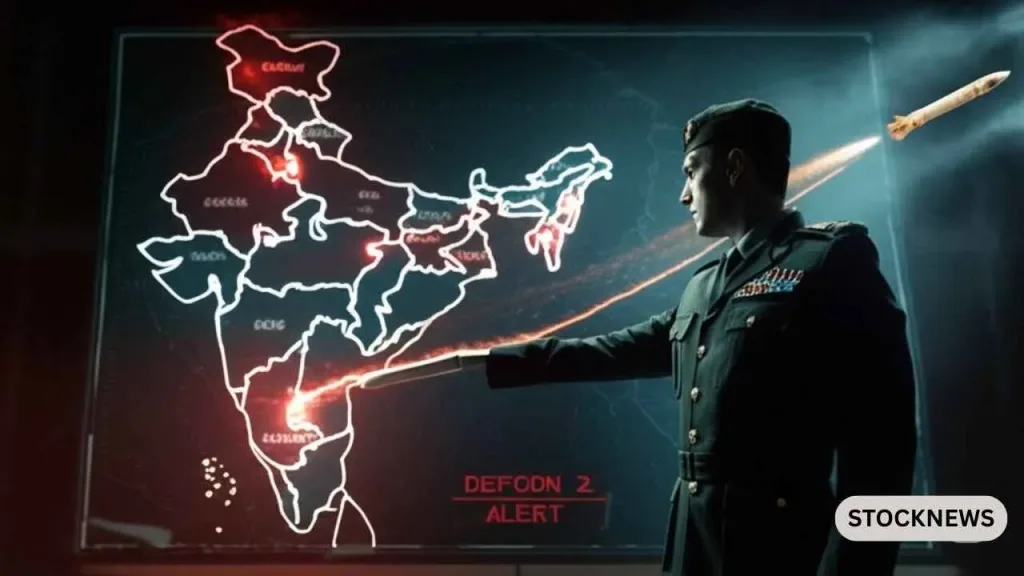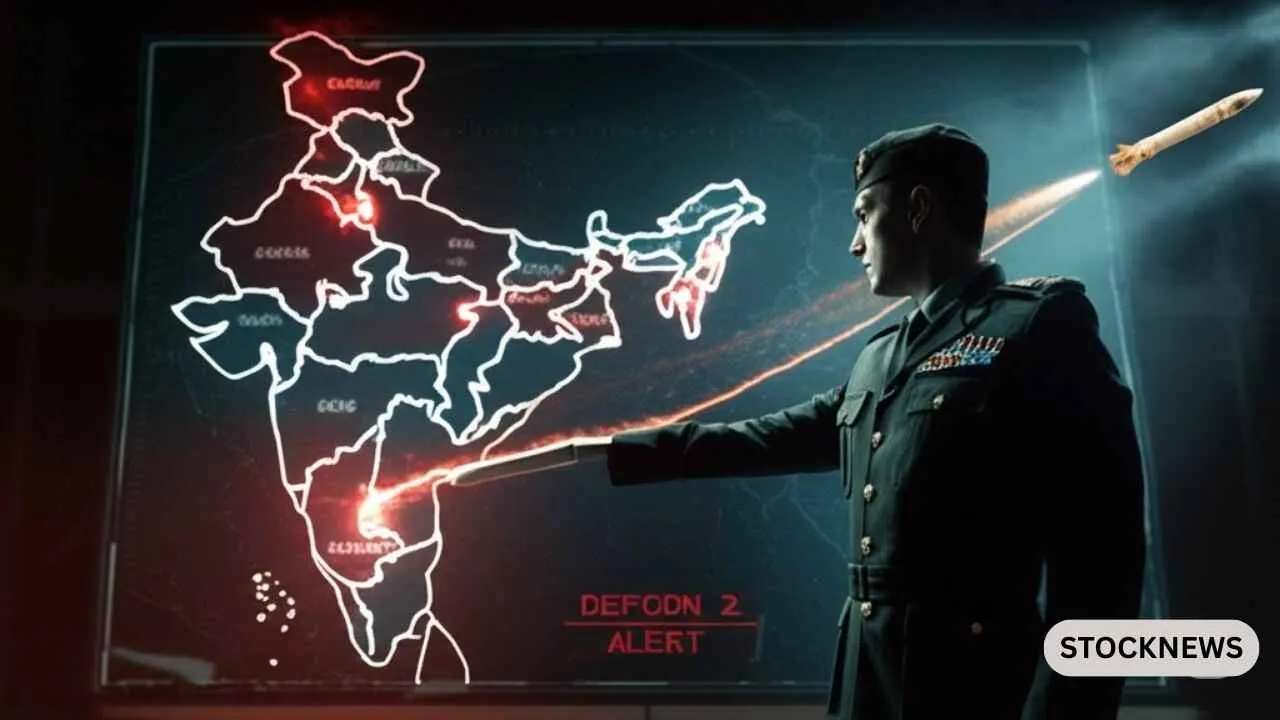Amid escalating tensions following the Pahalgam conflict, Pakistan’s leadership has once again resorted to nuclear saber-rattling, raising alarms over the potential for catastrophic escalation in South Asia. Senior Pakistani minister Hanif Abbasi recently issued a stark warning, declaring that the country’s 130 nuclear warheads—codenamed Ghori, Shaheen, and Ghaznavi—are “not for show, but for action” against India.
The threat comes in response to India’s decision to restrict water flow to Pakistan—a move Islamabad has framed as an act of aggression. Abbasi’s remarks echo a long-standing Pakistani narrative: that nuclear weapons serve as the ultimate deterrent against Indian military action. But beneath the fiery rhetoric lies a critical question: Can Pakistan realistically initiate a nuclear strike, or is this yet another attempt to mask its internal crises with external posturing?
Pakistan’s Nuclear Arsenal: Capability vs. Reality
Pakistan’s nuclear stockpile, estimated at 170 warheads (36 airborne, 126 land-based, and 8 sea-based), includes missiles with ranges from 200 km to 1,500 km—enough to strike major Indian cities, including Delhi. The Shaheen-3, with a reported reach extending to Israel, underscores Islamabad’s strategic ambitions.
Yet, launching a nuclear weapon is not as simple as issuing a threat. Unlike conventional warfare, nuclear escalation involves intricate protocols, international scrutiny, and near-certain global condemnation. Experts point to three key barriers:
- Domestic Instability: Pakistan is grappling with widespread separatist movements in Balochistan, Sindh, and Khyber Pakhtunkhwa. Attacks by groups like the Baloch Liberation Army (BLA) and Tehreek-e-Taliban Pakistan (TTP) have intensified, with over 1,000 military casualties reported since January 2024. A war with India could embolden these factions, further destabilizing the country.
- Economic Collapse: Pakistan’s economy is in freefall, with protests paralyzing key infrastructure like the Karachi Port. A nuclear conflict would invite crippling sanctions, severing Islamabad from already dwindling international support.
- Legal and Operational Hurdles: Nuclear launches require multi-tiered approvals, from Pakistan’s Nuclear Command Authority to the Prime Minister. Unlike the U.S. or Russia, Pakistan’s warheads are “non-mated”—meaning warheads, missiles, and launch sites are separate, requiring detectable logistical movements. Satellite surveillance would likely expose such preparations, triggering immediate global intervention.
A History of Borrowed Strength
Pakistan’s nuclear program, often touted as a symbol of national pride, was built on foreign assistance. After India’s 1974 nuclear test, then-Prime Minister Zulfiqar Ali Bhutto vowed to develop atomic weapons “even if Pakistanis have to eat grass.” The effort was bankrolled by Libya and Saudi Arabia, while China provided critical technology, including the Chik-4 bomb design. North Korea later supplied missile blueprints, completing the triad.
Yet, this reliance on external actors underscores Pakistan’s limitations. Unlike India’s indigenous program, Islamabad’s arsenal is a patchwork of borrowed tech and foreign funding—raising doubts about its autonomy in a crisis.
The Global Stakes
A nuclear exchange would have dire consequences far beyond South Asia. The U.S. and its allies have long monitored Pakistan’s nuclear activities, with declassified CIA documents from the 1990s estimating only a 20% chance of nuclear war even during peak India-Pakistan conflicts. Today, with Pakistan’s economy in shambles and internal dissent growing, the odds appear even slimmer.
Moreover, Islamabad’s few allies—China and Turkey—are unlikely to endorse a first strike. Beijing, despite its strategic partnership with Pakistan, has no interest in a regional war that could spill over into its own borders.
A Distraction from Domestic Failures?
Many analysts argue that Pakistan’s bellicose rhetoric is a smokescreen for its internal crises. Senior Pakistani journalist Adil Raja recently alleged that the Pahalgam attack was orchestrated by Army Chief Asim Munir to divert attention from corruption scandals. Former military leaders, like General Bajwa, have faced accusations of amassing wealth while the nation teeters on bankruptcy.
For India, the calculus is clear. Prime Minister Narendra Modi has granted the military “a free hand” in responding to Pakistan’s provocations. Whether through surgical strikes, air raids, or covert operations, New Delhi’s response will likely be measured but firm.

Conclusion: A Dangerous Game of Bluff
While Pakistan’s nuclear threats cannot be dismissed outright, the realities of geopolitics, economics, and military logistics make a first strike improbable. The larger danger lies in miscalculation—where heightened rhetoric spirals into unintended conflict.
For now, the world watches closely. But one thing is certain: in the shadow of nuclear posturing, Pakistan’s greatest enemy may not be India, but its own unraveling stability.
